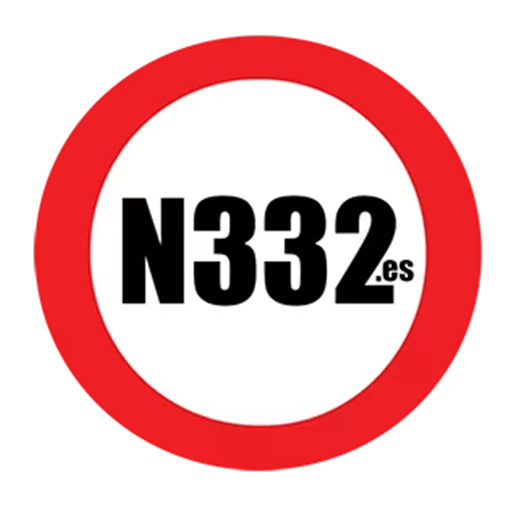Chances are you have seen these, and (hopefully) reacted favourably, but there is an increasing number of these devices appearing on the roads of Spain, and so you might want to know a little bit more about the pedagogical radar and how they work. And, you might also want to know what those fancy words are actually referring to!
Perhaps if we first explain that pedagogy is most commonly understood as the approach to teaching, the theory and practice of learning, and how this process influences, and is influenced by, the social, political, and psychological development of learners.
Now you know the “science bit”, it might help to explain that pedagogical radars are for educational and awareness purposes, and are not there to fine you, and in their most common appearance they are the illuminated signs that light up our speed, sometimes accompanied by a smiley face (or the opposite in some cases), in order to remind us that safer driving is a positive experience.
A simple mechanism
Its operation is relatively simple, but effective. These devices consist of a laser sensor that measures, in real time, the speed of approaching vehicles (at a distance of between 50 and 300 metres). When a vehicle approaches the radar, it detects its speed and shows on the LED screen whether it is within the established limit (in which case, it appears in green) or if it exceeds it (then using a red colour).
In addition to showing the speed at which you are traveling, these radars can be accompanied by graphic icons (such as a smiling or angry face), a sign with the maximum speed allowed in that section or some type of message that reinforces the pedagogical objective, such as “Danger”, “School Zone: maximum 30 km/h” or “Thank you”. The screens of these radars also use high-luminosity technology that is visible at any time of the day or night, and are powered by solar energy.
Where are the pedagogical radars located?
The presence of this type of speedometers on the roads contributes to reducing the average speed of vehicles and, therefore, the risk of incidents. They are always installed in urban centres (especially where the speed limit is especially low or where there is a greater influx of pedestrians), crossings, sections of road with a high incident rate and even sections under construction, and in clearly visible places, with the objective of maximizing its informative effect.
Pedagogical radars are not new and have been used for many years in different locations and have a proven success. One of the earliest pedagogical radars managed to reduce the average speed on the road by 8.72 km/h.
Discover more from N332.es - Driving In Spain
Subscribe to get the latest posts sent to your email.
